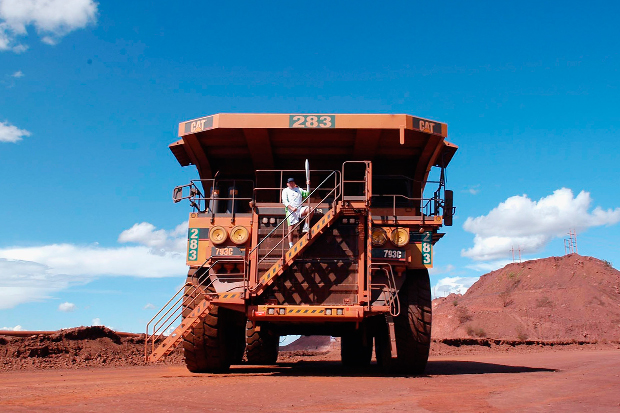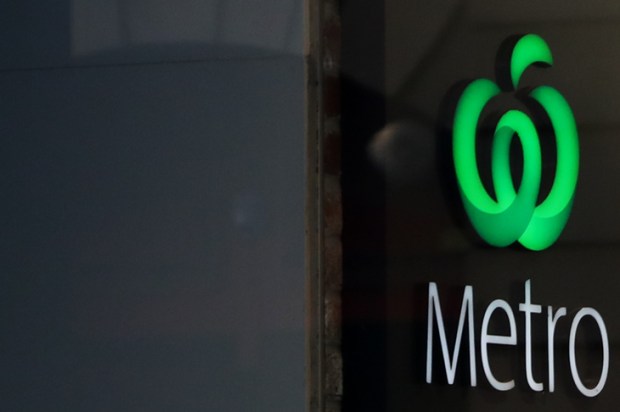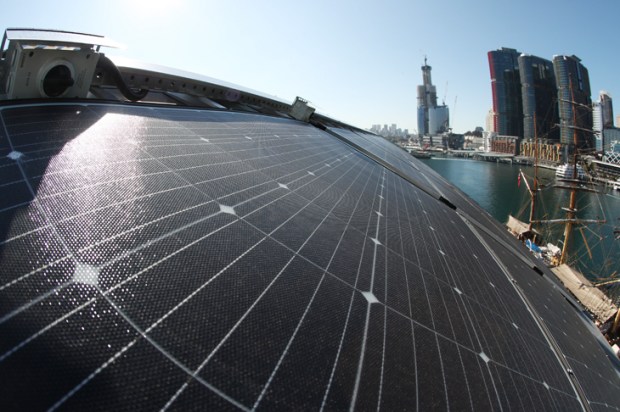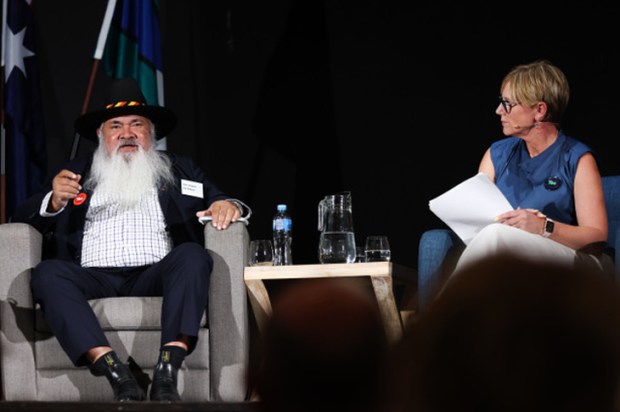There’ll always be a Menzies while there’s a BHP
For they have paid their dividends since 1883.
There’ll always be a Menzies ‘though nothing else prevails,
As long as nothing happens to the Bank of New South Wales…
While the spirit of Sir Robert Menzies, satirised in this 1950s undergraduate song, lives on for at least some current members of the Liberal Party, things are looking a bit grim for both BHP and the Wales in its modern manifestation as Westpac. As one of the four pillars, if not of society, at least of the local banking system, Westpac not only faces what promises to be a hostile Senate-initiated enquiry into banking practices, but also, like its competitors, has to deal with allegations of fixing a key inter-bank interest rate and to cope with profit-dampening additional prudential requirements, all against a background of the prospect of tougher business conditions. Market analysts are predicting an uncertain future for bank dividends.
While something may happen to the Bank of NSW, it has happened in a big way to BHP. This month, after reporting one of Australia’s worst corporate losses of $8.3 billion, BHP-Billiton has cut its dividend by 75 per cent – but is at least paying one, its lowest for more than a decade. The good news for those who still like to think of BHP as the big (well, maybe not quite as big as before) Australian, BHP has, by misfortune, once again become a company with the majority of its assets in Australia. While not a desired corporate objective, Australianising BHP was achieved simply by making such disastrous multi-billion dollar acquisitions in North and South America that they had to be substantially written down to reflect their much diminished value. BHP’s US shale oil adventure has seen $US 7 billion written off its value, as the Houston-based oil business, acquired for $US 20 billion only five years ago, turned last years’ $2 billion pre-tax pre-interest earnings into a half-a-billion loss. And then there was the devastating half-owned Samarco fatal dam burst in Brazil that has so far cost BHP $US2.5 billion. The $US 2 billion of tax losses involved in these write-downs will help with the unwelcome demand from the ATO for $700 million mainly relating to its claim that BHP used Singapore as a tax haven for taxable Australian earnings.
The $13.5 billion drop in BHP’s world-wide assets to $US 80 billion during the year means that Australia, at $US 43 billion, now accounts for more than half, with iron ore and coal making up three quarters of this, and local copper and petroleum each contributing about 13 per cent. Australia now provides about 60 per cent of BHP’s revenue and three-quarters of its earnings before interest, tax and amortisation.
All this was against a background of a collapse in prices for most of the commodities that BHP produces that knocked 80 per cent off the previous year’s underlying profit of $US6.4 billion to only $US1.2 billion (before its $US7.65 billion write-offs). Getting all this bad news out of the way resulted in the stock market (and BHP shareholders like me) giving not only a sigh of relief, but also pushing up the share price from the January low of $15.50 to over $21 for the first time since last November. While the headlines say the worst is over, the company does not anticipate any significant improvement in prices for its main commodities, with profitability depending more on a continuation of the advances in productivity that have softened the blow of depressed prices by bringing remarkable reductions in production costs.
But the really good news for shareholders is that the huge loss has meant that directors have had to cut their expansion plans, with last year’s overseas capital expenditure halved to a little over $US4 billion. For many shareholders the less BHP looks overseas, the better. It has a record of serious mistakes, with shale oil simply following the pattern set by the $US3.2 billion US Magma Copper purchase two decades ago that turned sour within a year and was shut down. There are rumblings about BHP’s big plans for Potash in Canada. But best of all, the less cash flow used on capital expenditure, the more that will be available for directors to make amends for breaking their repeated promises to pay decent dividends. Otherwise the shareholder owners of BHP could get quite cross.
The post Business/Robbery etc appeared first on The Spectator.
Got something to add? Join the discussion and comment below.
Get 10 issues for just $10
Subscribe to The Spectator Australia today for the next 10 magazine issues, plus full online access, for just $10.
You might disagree with half of it, but you’ll enjoy reading all of it. Try your first month for free, then just $2 a week for the remainder of your first year.














Comments
Don't miss out
Join the conversation with other Spectator Australia readers. Subscribe to leave a comment.
SUBSCRIBEAlready a subscriber? Log in